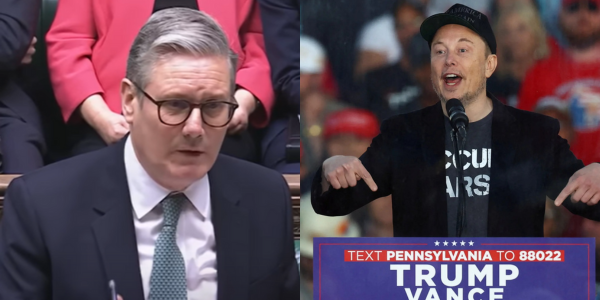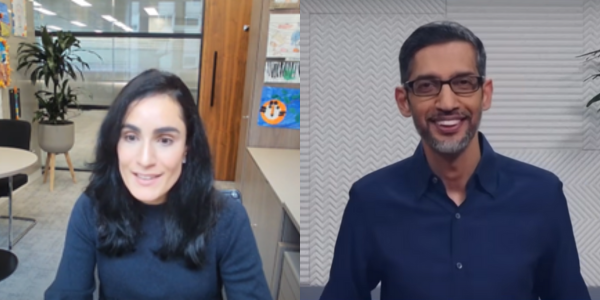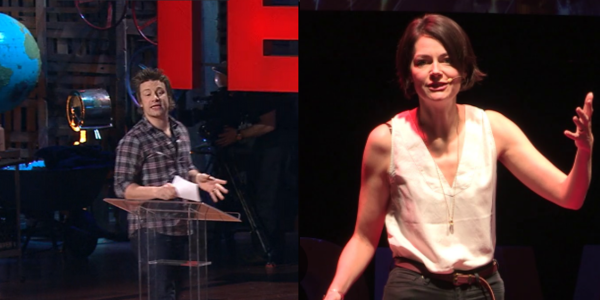The UK’s Prime Minister is under fire, not for what he’s been saying, but the way he’s been saying it. He “lacks energy” and “speaks too slowly”, say critics.
He’s in good company. Public life offers many examples where style trips up substance. Audiences have never been less forgiving.
So how do engaging speakers connect?
Speaking, Fast and Slow
Keir Starmer and Elon Musk have more in common than they think

- In opposition, “Dour Starmer’s” speeches were a vote-winning tonic to the rhetorical chaos of the Tory years – remember Liz Truss’s pork markets and Boris Johnson’s rustling papers? But now the ex-prosecutor’s methodical delivery is being mocked as too slow.
- Across the Atlantic, Elon Musk has the opposite habit. He fires out sentences in machine-gun rattles, running one word into the next, in a consistent rhythm (listen from 1:20 to his speech with Donald Trump).
- But focusing solely on pace misses the point. What engages audience is variation – in pace and in sentence length. Pauses between. Emphasising the words that matter most.
- Why? Humans have evolved to tune out consistent patterns. We don’t notice the wheezing laptop or the coffee shop chatter after a few minutes. So, when a leader’s speech patterns are too predictable, we just stop hearing them.
Top takeaway for leaders: Consistency of behaviour is an asset. Consistency of speech is a liability. Unpredictable speakers engage audiences better.
Zoom and Gloom
How to beat the trudge of a video call presentation

- There’s no tougher environment for engaging an audience than a video call. You’re competing for attention with your audience’s emails, texts and Amazon deliveries. And without the adrenaline of a live audience, your energy can wane fast.
- A half-smile goes a long way. Look at Avid Larizadeh Duggan’s podcast appearance. As the OTPP exec talks about investments, she maintains a half-smile. It naturally boosts her energy.
- Sundar Pichai, CEO of Alphabet, takes a similar approach. On a video call to CNBC, his expression is somewhere between neutral and smiling. It adds energy and projects assurance, even when discussing layoffs.
- But do avoid big Cheshire Cat-style grins without an obvious reason – you’ll confuse your audience.
Top takeaway for leaders: Video calls drain energy. A half-smile can help re-engage.
Roving Rhetoric
The power of staying grounded to lift up your audience

- British chef and entrepreneur Jamie Oliver’s 2014 Ted Talk is mostly excellent. It’s full of good ideas, strong stats, catchy turns of phrase. But his movement doesn’t match. He paces quickly and aimlessly around the stage, often looking at the ground.
- Defined, deliberate movements support clear understanding. Oliver’s movement suggests a tangled argument from a nervous speaker.
- We'd say he practiced the words and the delivery of his speech but not his stage presence – a classic stumbling block for leaders.
- Credibility suffers: Our brains process what we see fractionally faster than words we hear. And first impressions matter.
- Compare this with former Darktrace CEO Poppy Gustaffson. In her TED Talk, she remains within a spotlight circle. Her movements add definition to her message and project confidence.
Top takeaway for leaders: Align your movement with your messages. Audiences believe what they see over what they hear.

